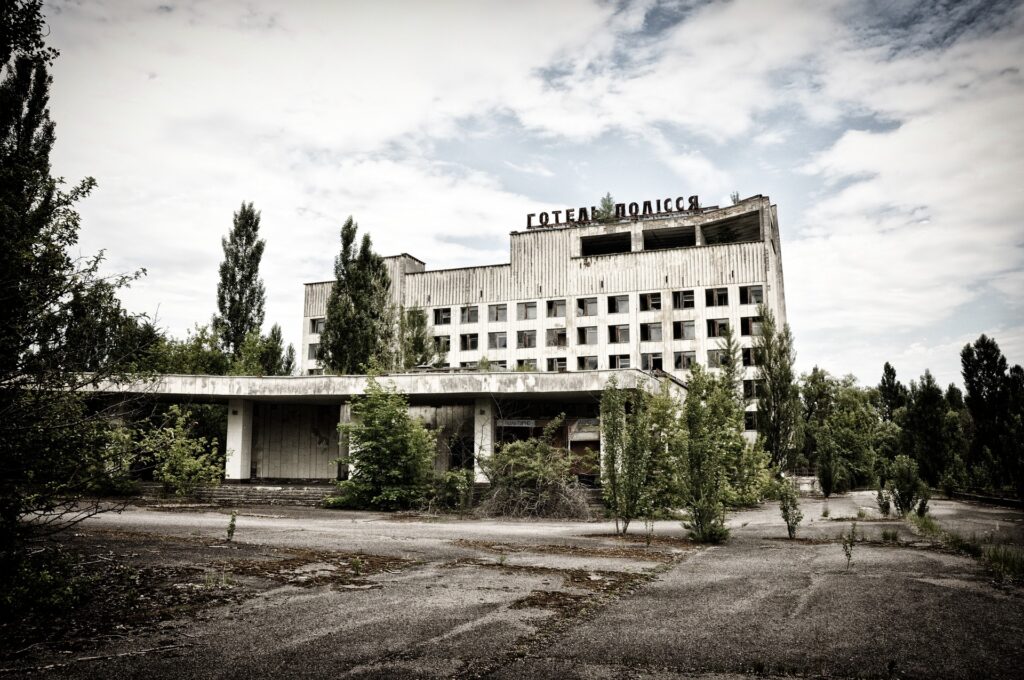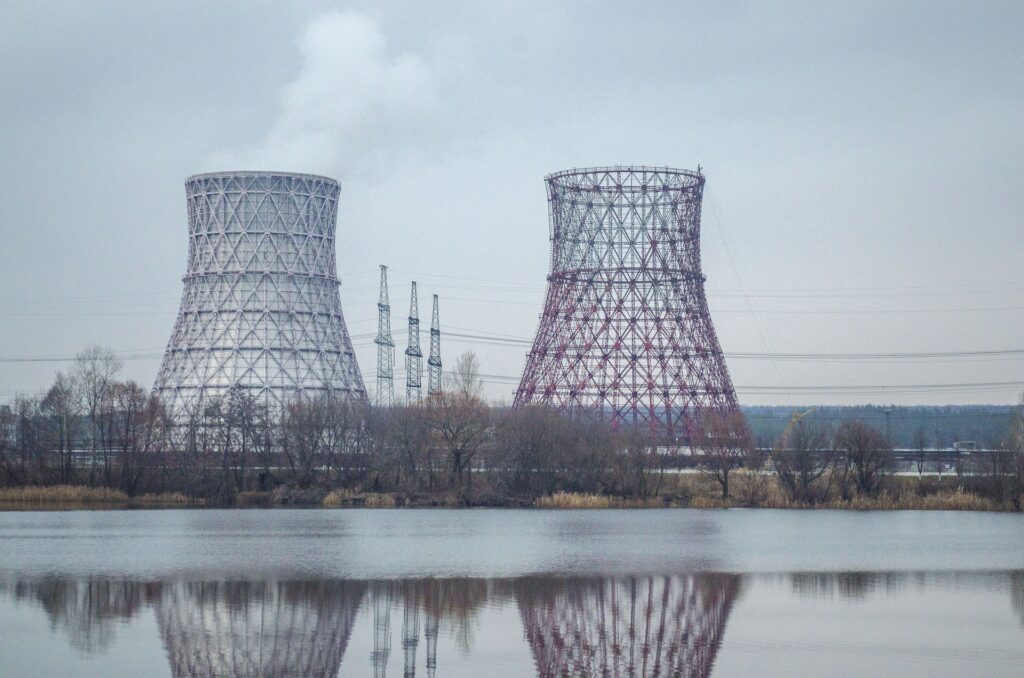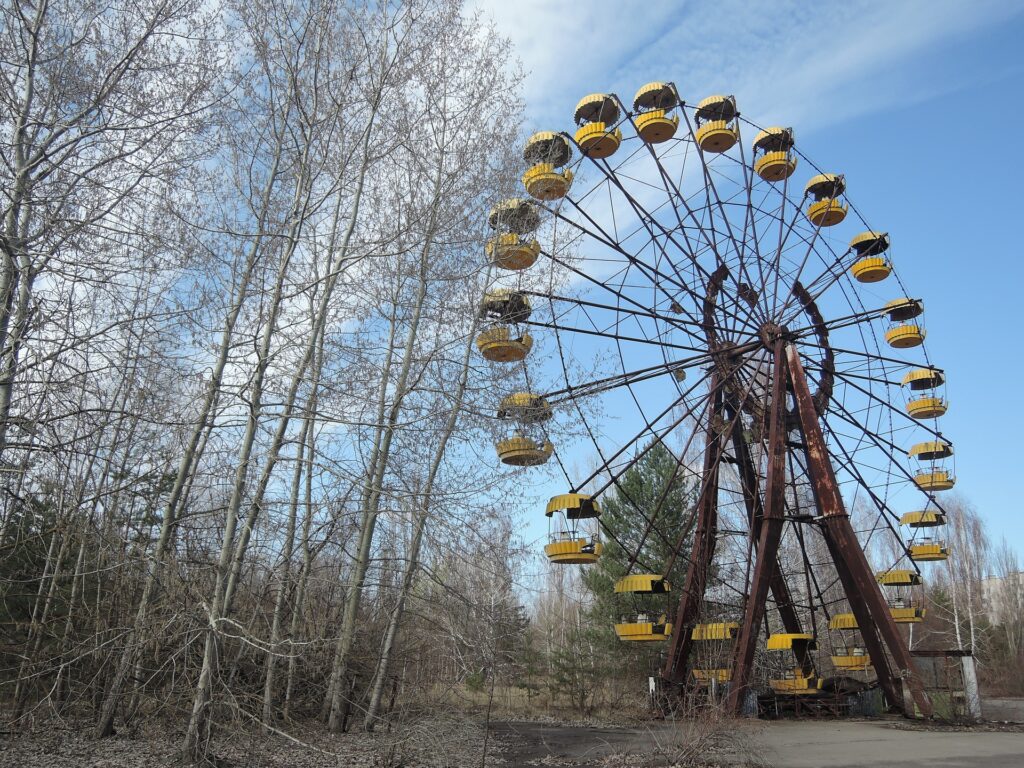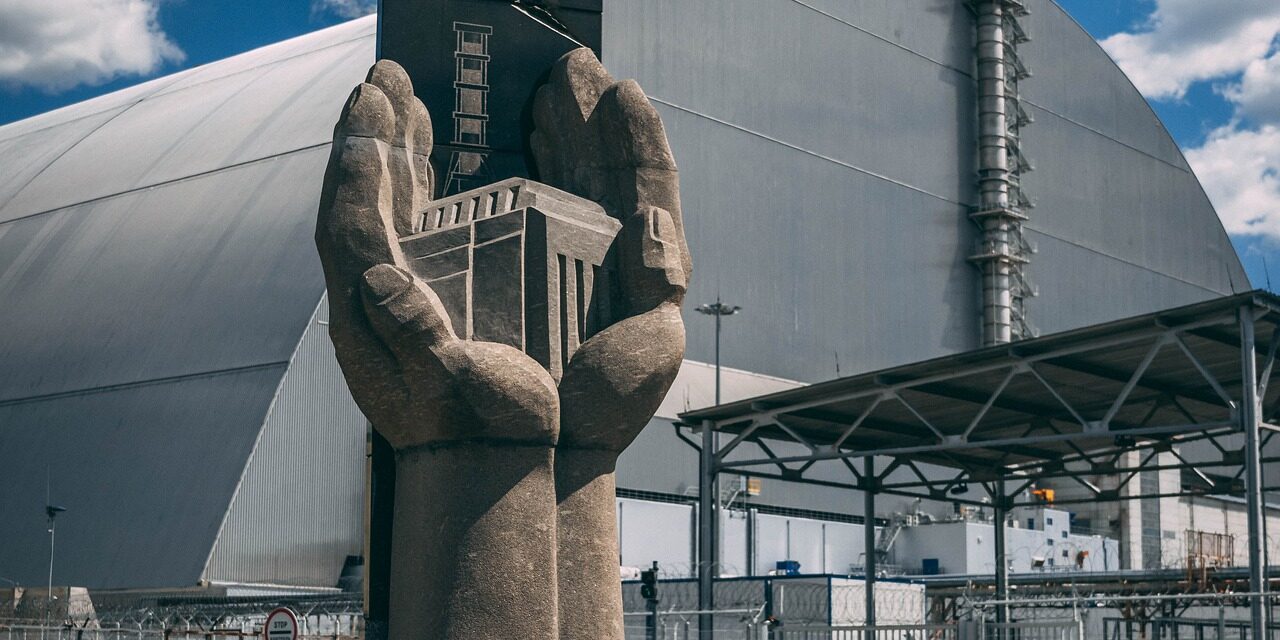An unprovoked invasion of Russian forces in the Ukraine could trigger a chain reaction of nuclear contamination in eastern Europe. After years of relative dormant activity, the infamous Chernobyl reactor is glowing fiery red. In the early stages of last week’s invasion of Ukraine, Russian forces seized the reactor site, which continues to ooze lethal levels of radiation. Rocket fire and troop movements now threaten the volatile site. Safety engineers tasked with monitoring the nuclear cite are now reportedly being held hostage by Russian captors. Scientists have kept a tight lid on the reactor since an explosion triggered a core meltdown in 1986. The Chernobyl blast remains the world’s worst nuclear disaster to this day.
Why Did Russian Forces Seize the Chernobyl Nuclear Reactor?

No one is certain why Russian forces would act so carelessly in attacking the reactor site. It is of no major military strategic importance. The reactor is inoperable, so they wouldn’t even be able to steal vital energy components. To be clear, this nuclear reactor site wasn’t the same as the facilities to used produce nuclear bombs, so they old scapegoat of preventing nuclear proliferation doesn’t hold heavy water here. Securing the nuclear waste dump could, however, be a sign that the Russians are sticking around for a bit. Since the invasion, reports have surfaced of elevated levels of radiation near the site and missiles have even hit radioactive disposal sites. So far, no major fallout has bene reported.
So much can go wrong in this situation. A shell damaging a nuclear facility could be disastrous, could lead to a widespread release of radiation. The Russians’ behaviour is in violation of every procedure, every safety guideline, every international agreement, every agreement of the IAEA [International Atomic Energy Agency]. It is foolish to trust that they will behave in a way that preserves safety
Azby Brown, lead researcher for Safecast. Source: chemistryworld.com.
Securing Hazardous Materials is Paramount to Environmental Protection

In the immediate aftermath of the 1986 core meltdown, engineers hastily built a large drop container to mitigate escaping radiation. It wasn’t until 2016 that a proper metal superstructure, or sarcophagus was placed over the reactor, hopefully, forever sealing the site. But new Russian advances threaten that very structure, which was built for extreme weather events, and not war. But the situation could change very quickly. The reactor is close to supply routes leading into Belarus. If surging Ukrainian forces were to attack these lines, the core reactor could be caught in the crossfire. Fortunately, most of the dangerous radioactive material remains several feet underground. While the Chernobyl reactor remains relatively secure, for now, the greater danger is the overall vulnerability of nuclear reactors worldwide. Ukraine is Europe’s second major producer of nuclear energy. What message does such an invasion send to plant operators at other facilities?
What happens between the Ukrainian nuclear power operators deciding it’s not safe for them to come to work anymore, and any Russian nuclear operators taking over? There would have to be a period of time where either the reactors were shut down, or there was a handover. If neither of those things happen, then we could be in trouble.
Claire Corkhill, of the University of Sheffield. Source: chemistryworld.com.
Chernobyl Nuclear Reactor Underscores Importance of Site Protection

From the very moment of the initial explosion in 1986, scientists understood the importance of securing the compromised reactor. Had they not acted so quickly, all of eastern Europe, and possibly the world, would’ve been contaminated with nuclear fallout. With due diligence in mind, they followed up site protection with the construction of the super structure, which remains in place today. When examining the Chernobyl nuclear reactor containment operation, we could all take a page from the playbook of these dedicated scientists. At U.S. Hazmat Rentals, we more than understand the importance of properly securing dangerous and highly reactive materials. While we aren’t in the business of securing nuclear reactors and radioactive waste, our fire-rated storage lockers can maintain almost any other heavy duty industrial chemical on the market. Like the steel super structure that contains the Chernobyl reactor today, our chemical storage warehouses can keep volatile chemicals cool and inert with optional climate control options. Heating and air conditioning can also prevent the chemical consistency of these materials from being compromised.






